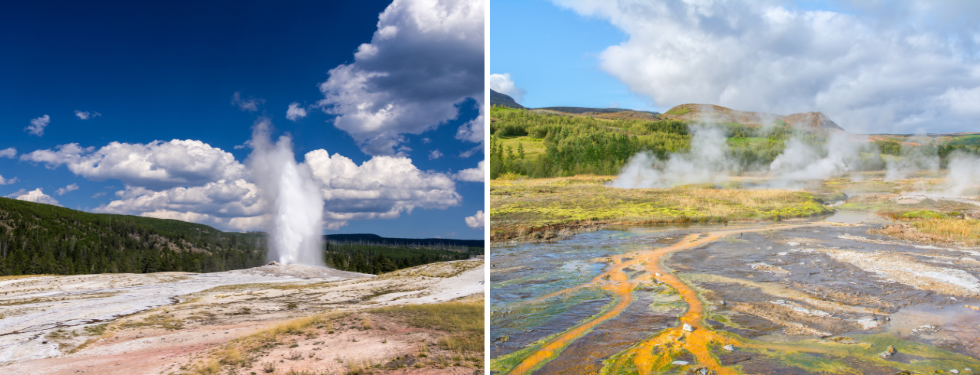The role of physical state of water in the nucleation phase of an earthquake

The exponential increase in the concentration of CO2 in the atmosphere, occurred since the beginning of industrial times, will have consequences of extraordinary significance for humanity and future generations. The increase in the Earth's average temperature, the frequency of extreme weather events, the desertification of large regions of the Earth and the rise in sea levels are some of the main examples of the impact of the increase in the concentration of CO2 in the atmosphere.
The exploitation of geothermal energy, obtained by using the Earth's heat under our feet, can help reduce CO2 emissions. In particular, high enthalpy geothermal energy, which exploits fluids with temperatures above 150°C, is already successfully used for the production of electricity and for heating our homes.
However the injection of fluids in depth, an indispensable industrial process for the production of geothermal energy, can generate earthquakes. Two striking cases are those of Pohang in South Korea in 2017 (Richter magnitude 5.5) and Basel in Switzerland (magnitude 3.4) where industrial activities were suspended following the seismic events.
It is evident that the safe exploitation of geothermal resources requires greater knowledge of the behavior of rocks and faults, the geological structures that produce earthquakes, in the presence of hot (> 150°C) and pressurized (hundreds of atmospheres) fluids. Under these conditions, water can be liquid, vapor or, above 374°C, supercritical (an intermediate state between liquid and gaseous). A similar problem concerns natural seismicity which is often associated with the migration of fluids, but generally at greater depths (> 6-7 km) within the Earth's crust. However, even today we know little about how earthquakes are born and spread, both natural and man-made. One of the many reasons is the difficulty of reproducing in the laboratory, therefore under controlled conditions, the behavior of rocks and faults during the seismic cycle in the presence of hot and pressurized fluids with water phase transitions.

A study published in the journal Nature Communications, carried out using newly developed experimental equipment installed in the laboratories of the Department of Geosciences of the University of Padua and of the center of excellence of the China Earthquake Administration in Beijing, shows that the friction of the rocks also changes according to the physical state of the water. In particular, the resistance of the experimental faults doubles when the water passes from the supercritical and liquid state to the vapor state, especially when the blocks of rock, as in natural faults, are made to slip for a few centimeters (equivalent to displacements of earthquakes of magnitude greater than 3).
The research was led by the Department of Geosciences of the University of Padua in collaboration with colleagues from INGV in Rome and Chinese institutions.
“The role of the state of water has been overlooked in the past. And, of course, we need to do more and more studies to understand why water allows a different behavior of the fault with respect to supercritical and liquid states and also what kind of chemical reactions occur under these stages. In this particular case, our experiments have been performed mainly in China during COVID and a bit here with our machine. There are only two machines of this kind in the world and the other one is installed in Beijing”, Professor Giulio Di Toro explains.
Link to the research: https://doi.org/10.1038/s41467-023-40313-x
Title: Physical state of water controls friction of gabbro-built faults
Authors: Wei Feng, Lu Yao, Chiara Cornelio, Rodrigo Gomila, Shengli Ma, Chaoqun Yang, Luigi Germinario, Claudio Mazzoli, Giulio Di Toro





